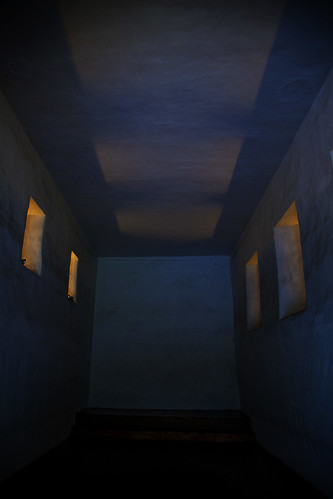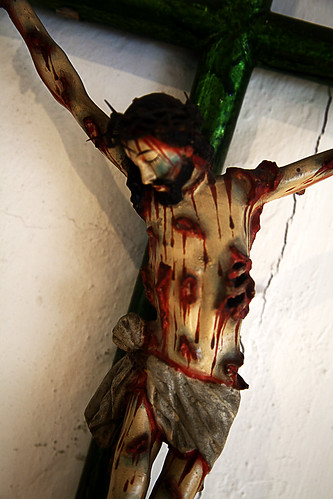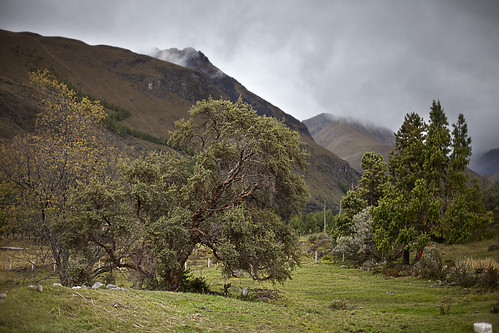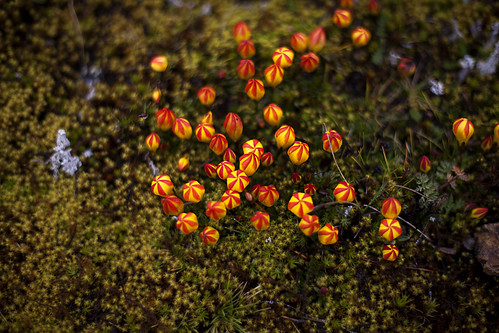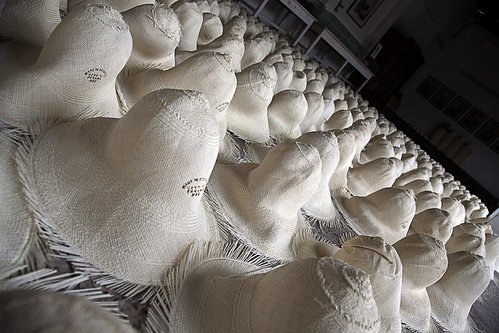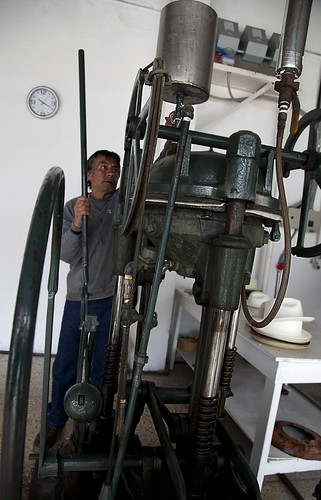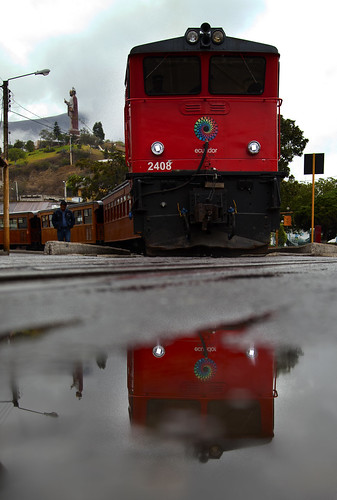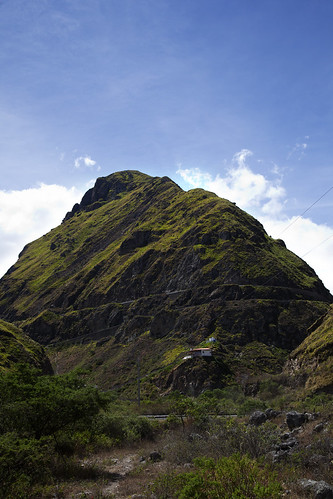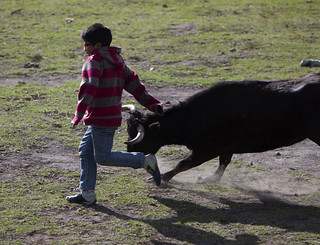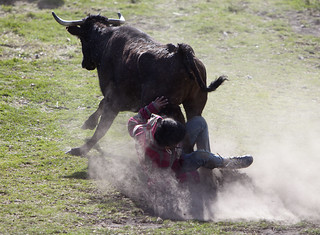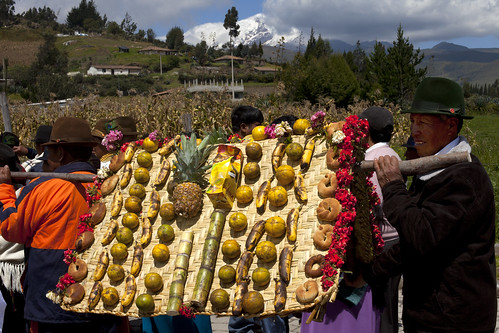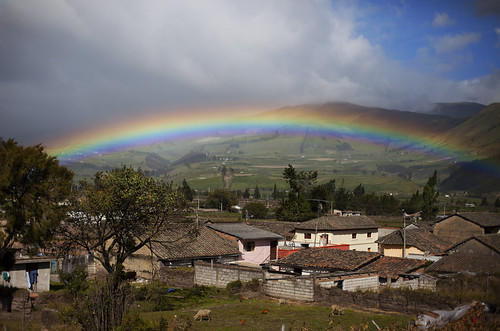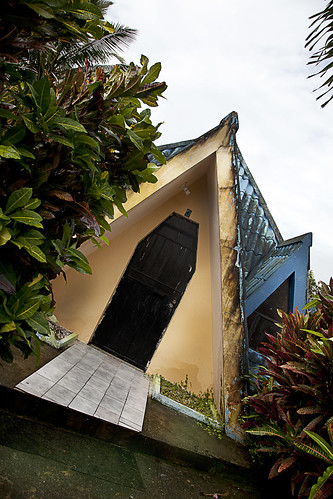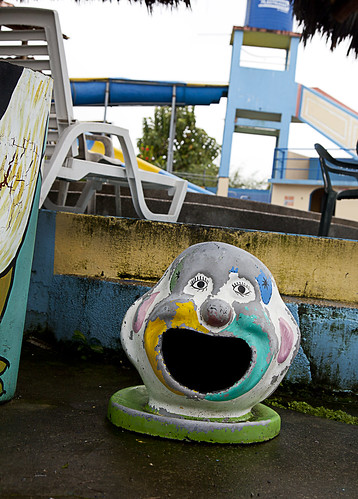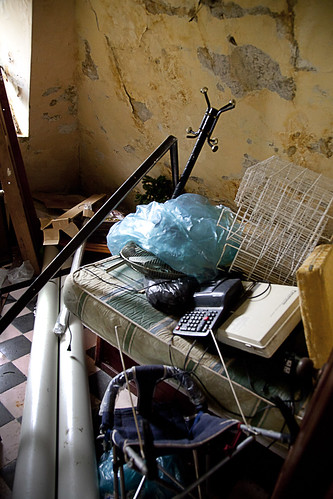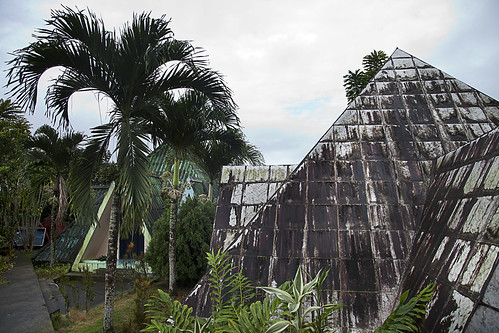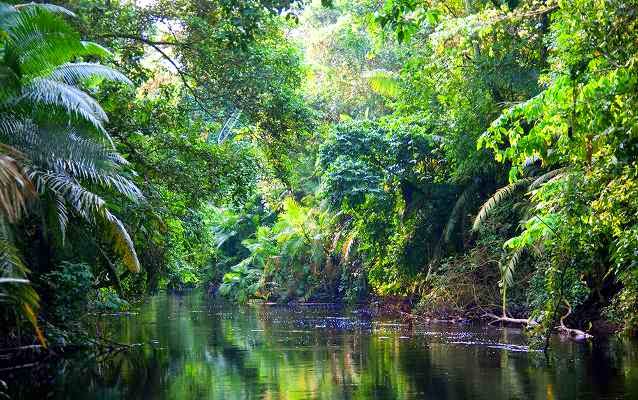TLDR: Ecuador is relatively safe for a Latin American country however crime is persistent but avoidable
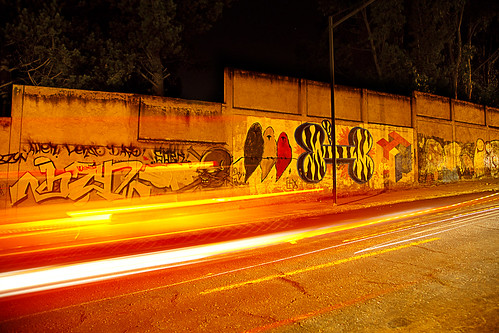 |
| Quito nights |
How bad is crime in
Quito and Ecuador?
Lots of people I know
have been victims of crime and their colourful stories of compliance
drugging, armed robberies and express kidnappings leave a lasting impression. Of course, there are far more Ecuadorians who don't have a violent
crime story to share, but their silence fails to impact in quite the same way.
Just by way of contrast, I have lived in two other capital cities in the last five years - Brussels and London - and I have
been a victim of crime in both (violent and petty theft). So apocryphally speaking, Quito is no less safe than either the capital of the European Union, Brussels, or the centre of the known universe, London.
Another confounding factor is that crime is more widely reported in Europe, where we still have an
expectation that the police will treat our story with a modicum of respect and maybe even conduct some level of detective work (or at the very least the pretense of an
investigation (although what I'd really love is a magnifying glass and some dusting for prints)). In Quito the police will look bemused if you report a
low-level, non-violent crime; when my iPhone was stolen I did not bother to report
it. So of course, if crime isn't reported then crime doesn't officially exist... and this makes it difficult to assess the scale of crime
in Ecuador. Obviously!
Living in Ecuador
After nearly a year in
Ecuador and I can honestly say I have never felt intimidated or threatened in the streets or in the bars. This is certainly not
the case in the UK where random acts of violence in the pubs and
clubs of market towns across the country are common place. In London I've walked through estates where I know I'm at risk and the threat hangs heavy in the air.
By contrast, crime is less likely to loiter in Ecuador. There aren't the state tower-blocks that exist in London which serve to shepherd, and pen the poor together. Poverty sprawls across large areas and is never concentrated in quite the same way.
Another example. I spent most of the World Cup in Mariscal (the busy bar area). It was filled with thousands of drunk football fans,
many of them Colombians mingling with Ecuadorians. Everybody was drinking neat rum and strong lager on the streets and not once did I see any trouble. I could
only imagine the same scene in London, with drunk England fans
mingling with drunk Scottish fans. Messy!
But then this is the
nature of crime in Ecuador, it will arrive when you least expect. Sat
in a taxi and two men can bundle either side of you, spray you with
mace, punch and disorientate you and drive you round emptying cash
from machines until they choose to dump you somewhere in the south
of Quito, bleeding, confused and penniless.
How crime works in Ecuador
I suppose there are many ingenious and varied tricks, but here are some of the victims' tales related to me. These stories are mostly from Ecuadorians, not tourists.
Lucy's aunt was stopped in the street and asked to read something in a book, the robber claimed he couldn't read and was embarrassed.
She leaned closer to read the passage and was sprayed with gas to make her
compliant. She was then taken to the cash machine to empty her
account.
Another cousin was sprayed with tomato ketchup. They were shocked and confused. A
friendly soul arrived with a napkin to help clean them up and offer sympathy, meanwhile their bag was being rifled through and their pockets emptied of their values.
In my case I was
carrying two heavy bags in a crowded public space at a fiesta. I felt
a hand reach into my front jean pocket and take my iPhone. I could do
nothing because my hands were full with expensive camera gear. I saw
the face of the teenager who stole my phone but he disappeared into
the chaos and all I could do was shrug. I was lucky.
A Kiwi backpacker fell asleep on an overnight bus and awoke to find his bag had been opened and his iPad taken.
Lucy was driving through the centre of Quito and stopped at the traffic lights outside Quicentro shopping centre. A man approached her car, pulled out a gun and robbed her in the middle of the day. Before he left he said: "Don't be afraid guapa, I wasn't going to shoot you."
The cousin of a friend in Cuenca was driving with his girlfriend when the car in front stopped, another car stopped from behind. They were taken from their car at gunpoint and forced into the lead vehicle. Their car was stolen and used for another robbery. Meanwhile they were beaten and robbed and dumped in the countryside miles outside Cuenca. They suspected the robbers had driven up from the coast to target the richer city of Cuenca. All of the criminals had strong Guayaquil accents.
Crime is more common in the south of Quito but lots of people in the north are robbed on the streets outside their homes, often in the early morning when they are leaving for work. One female friend was indecently assaulted by the robber after she had handed over her phone - adding insult to injury, he groped her breasts before fleeing.
Markets
Most cities have
markets selling stolen goods. They operate quite brazenly and the
police turn a blind eye to them. The market of stolen goods in Ambato
is enormous. Of course, I wouldn't recommend trying to recoup your
losses with a cheap phone. Ethics aside, these market traders aren't
your friendly fruit and veg sellers, there's no consumer rights and
you're more likely to get something else robbed while you're window
shopping.
How to avoid crime in Ecuador
The best ways to stay
safe are to never get too drunk, not to walk late at night
(particularly in the periphery of Mariscal), only use licensed taxis,
to know where you are going and generally avoid anywhere south of the
Virgin in Quito.






